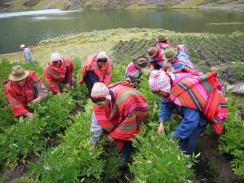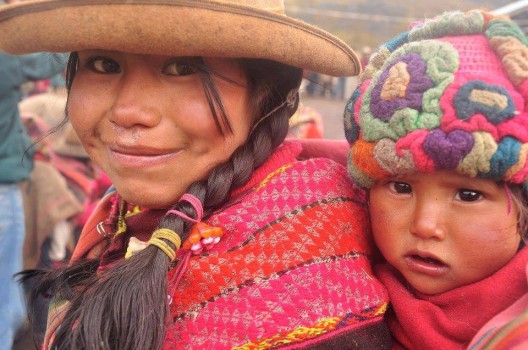The word ‘Indigenous’ is widely used to describe the original inhabitants of a specific area or region. As many Indigenous cultures have a very different relationship with their territories from the Western notion of land ownership, ‘Indigenous’ can also describe the traditional custodians of the land and tribal and nomadic peoples. It also describes the First Nations peoples that existed before colonization. According to the UN statistics, there are more than 370 million Indigenous peoples in 90 countries.
The situation of Indigenous peoples in many parts of the world continues to be critical. Indigenous peoples continue to face systemic discrimination and exclusion from political and economic power and they continue to be overrepresented among the poorest. They face racism and the erosion of their traditional knowledge and cultural expressions. They are displaced by wars and environmental disasters and their lands are being increasingly encroached upon for the extraction of natural resources. Today, Indigenous’ land grabbing for mining by corporations and governments is increasing at an accelerating rate, driven by an escalating global demand for energy, metals and minerals.
 Due to their interconnected relationship with the land, many Indigenous peoples are at the forefront of climate change. This is one of the cruelest threats for the survival of Indigenous livelihoods because the Indigenous way of life has traditionally cared for Nature in a mutually enhancing way, successfully safeguarding some of the world’s most critical ecosystems for millennial.
Due to their interconnected relationship with the land, many Indigenous peoples are at the forefront of climate change. This is one of the cruelest threats for the survival of Indigenous livelihoods because the Indigenous way of life has traditionally cared for Nature in a mutually enhancing way, successfully safeguarding some of the world’s most critical ecosystems for millennial.
We in the industrialized and urban world have much to learn (and re-learn) from Indigenous perspectives. We forget that our way of life is only 200 years old. Our young, modern, globalized culture has removed us from our source of life — from Nature. The fact that Indigenous ancient traditions still exist after thou-sands of years of adaptation is testimony to their resilience. This stands starkly against the industrial system, which in just 200 years has radically under-mined the biosphere, created global warming, and is now collapsing into itself.
In the present context of climate instability, Indigenous traditions have the greatest ability to adapt because they have an intimate relationship and knowledge of Nature. In evolution-ary terms, a species’ survival depends on adaptability and diversity. If we are to tackle our global challenges we must embrace cultural diversity, we must listen to, and learn from Indigenous teachings, and as inhabitants of a shared planet, we must work together for our collective future.
Artwork by Shalak http://www.shalakattack.com/

